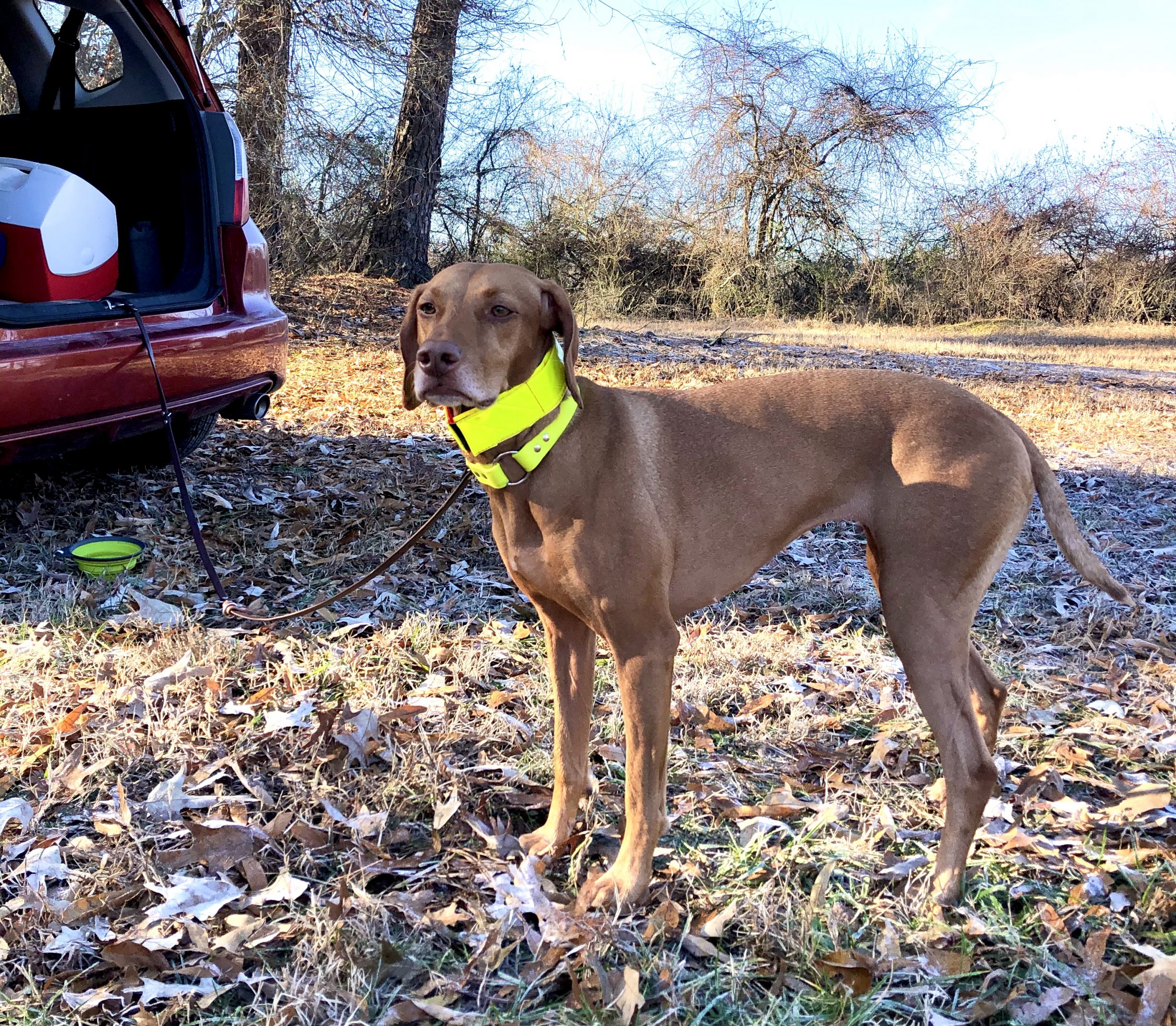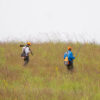When I first decided to pursue AKC Senior Hunter Tests with Zara, I found very little practical information out there about what to expect. Even after reading the AKC rule book, I had a lot of questions that remained unanswered. I spoke with a woman who judges hunt tests and that was helpful, but there were still things I did not understand until I experienced them. Hopefully this post will give you more information about what to expect and how to train for these situations.
After training for and completing the NAVHDA Utility Test in the fall, I wanted to put all of Zara’s field training to good use but focus on something a little different. AKC Senior Hunter tests seemed like the next logical step. In 2016, she earned her Junior Hunter title and I was hopeful that we could replace it with a Senior Hunter (SH) title. At the NAVHDA Utility (UT) level, dogs must be steady through wing, shot, and fall, and must retrieve to hand. In AKC SH tests, dogs can break on the shot and only need to retrieve within a step or so of the handler. They need to honor and stop to flush, but you can command (“whoa”) them into that. Easy peasy, I thought. Of course, as most things involving dogs go, it was not quite as easy as I thought.
The best resources I found which actually went into some granular detail were written by Mel Reveles of Fusion Vizslas. She has two posts about hunt tests and the Senior and Master levels. But I still learned a lot by actually participating in the tests.

Zara waits impatiently before her first hunt test.

Her first Senior Hunter pass!
Tips for Pointing Dog AKC Senior Hunter Tests
Watch your dog at all times.
A bird could pop up at any point and if they won’t stop to flush on their own, you need to be ready with a whoa command. We got tripped up at our first test because Zara bumped a bird and starting going after it before I realized what was happening. I said whoa and she stopped, but I was not quick enough. We were disqualified because it was considered chasing, which dogs at the Senior level are not allowed to do.
Keep an eye on the other dog.
Since dogs are required to honor at the Senior level, if the other dog goes on point, you don’t want your dog blowing by it without honoring.
You can “hack” at your dog quite a bit.
Coming from NAVHDA UT training, where each additional command typically knocks your score down, I was hesitant to use multiple commands. At Zara’s first test, the gunners missed the bird, but it landed close by. The judges requested that I send her to retrieve the live, un-shot bird. Knowing she would struggle with this, I commanded her to “fetch” anyway. She went to the bird and stood there looking at it for what seemed like forever. I said “fetch” again. And again. I’m not sure how many times I gave the command, but it was an excessive amount and I thought for sure we had failed. Eventually, she picked it up and brought it back to hand. And we still passed, because in Senior, multiple commands like that are okay.
Practice heeling your dog away from a flushed bird.
Unless you are in the bird field or with the official gunners, birds that your dog points (or accidentally flushes) will not be shot. Therefore, once the bird has flown away, you will need to get your dog going in the right direction. Make sure you have a good way of getting your dog going the other direction off a point in the back course. If the dog does a delayed chase, you’ll be disqualified.
Timing is important if you are commanding the dog to honor.
I thought it would be easy to command Zara into an honor but it’s harder in practice. While she will stop on a “whoa,” I’ve had trouble determining the best time to give the command. In our last hunt test, I directed her near the dog on point and then gave a “whoa” command. She stopped, but the judges said that she didn’t actually see the dog on point. Although you can command them to honor, they need to acknowledge or see the other dog first.
Have your blank pistol ready to fire at all times.
Any bird that is not shot by the gunners will need to be “blanked” by a handler.
The grass can be very high which makes it difficult to see your dog
For our next test, I am ordering a bell for Zara to wear. (Belled collars are allowed in hunt tests, per AKC regulations). In the last two tests, the grass has easily be hip-high and it’s been hard to see Zara. She’s also the same color as the grass, which doesn’t help. Once she’s out of sight, I have no idea if she’s on point or not, so I’m hesitant to call her to me. A bell should help with this – if the bell stops ringing, I will know that she has stopped.
Your dog is probably going to be amped up at the start
If your dog is anything like mine, waiting around at hunt tests is not something they enjoy. I couldn’t believe how quickly Zara took off at the start of our last hunt test and she moved out of my sight almost immediately. Typically, a hunt test will have a “back course” that doesn’t have birds, which will allow the dog to run and get some energy out before they get to the bird field. But keep in mind that your dog may take off like a rocket and not be inclined to listen to you right away. Before our next test, I plan to do some more heeling and obedience exercises with Zara, which will hopefully calm her down a little.
I hope you find these tips helpful when preparing to run in AKC Senior Hunter Tests. If you’re looking for the general rules and a more comprehensive introduction to these tests, visit AKC’s website. Zara earned her Senior Hunter title today, we will keep training and move on to Master Hunter (the highest level)! When that happens, I will likely do another post specific to that level.





